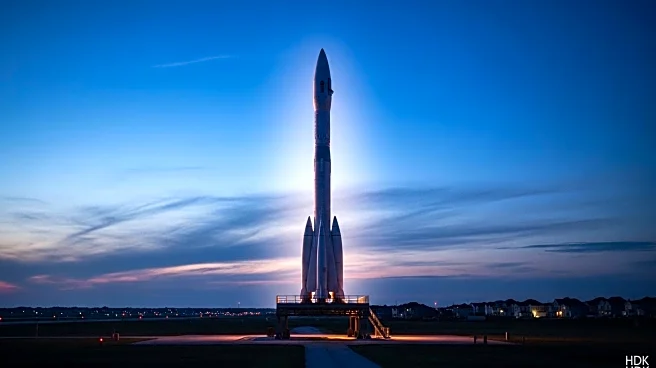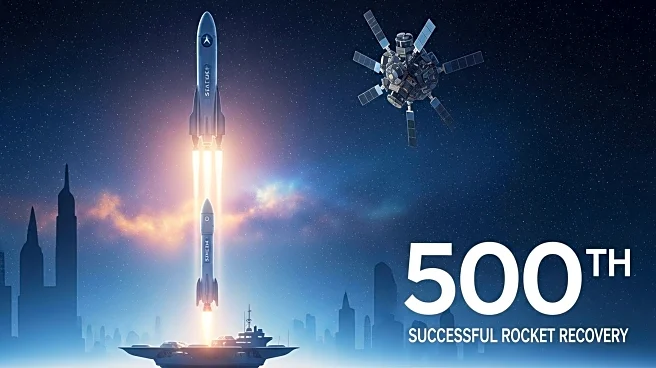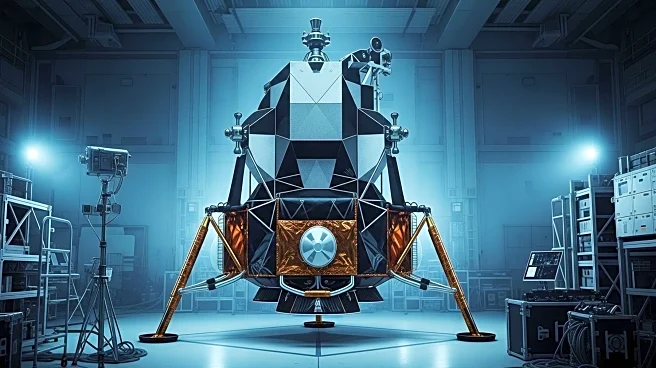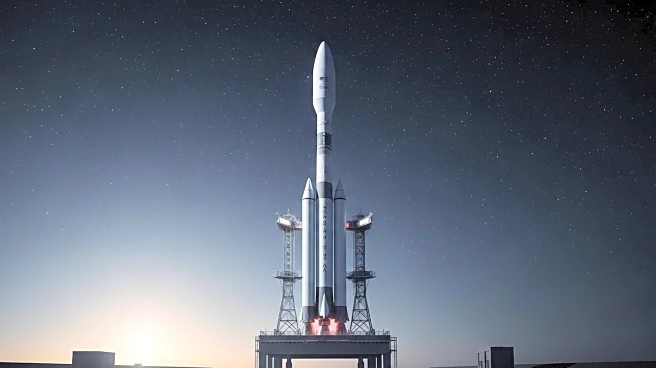What is the story about?
What's Happening?
The Federal Aviation Administration (FAA) has completed a series of public hearings regarding SpaceX's proposal to launch its Super Heavy Starship rocket from NASA's Kennedy Space Center. These hearings are part of the draft environmental impact statement (EIS) review, which will determine if SpaceX can proceed with its plans to conduct Starship launches and landings from Florida's Space Coast. SpaceX aims to use Launch Complex 39A for these operations, which may include landings at the Kennedy Space Center or on droneships in various oceans. The FAA's draft EIS outlines that the Starship's larger scale compared to the Falcon 9 will necessitate expanded exclusion zones, potentially leading to over 60 annual closures of Playalinda Beach and flight delays at Florida airports. Public comments during the hearings reflected a mix of optimism and concern, with aviation officials warning of disruptions to commercial flights and local residents expressing worries about health impacts from launch noise.
Why It's Important?
The outcome of the FAA's review holds significant implications for both SpaceX and the local community. Approval of the Starship launches could bolster SpaceX's capabilities and contribute to advancements in space exploration. However, the potential disruptions to commercial aviation and local communities highlight the need for careful consideration of the environmental and societal impacts. The proposed operations could affect tourism, local businesses, and residents, particularly those sensitive to noise disruptions. The hearings have also brought attention to the cultural significance of areas like Playalinda Beach, a popular nudist destination, which could face access restrictions. Balancing technological progress with community concerns will be crucial in the FAA's decision-making process.
What's Next?
The FAA will continue to evaluate the public comments and the draft EIS before making a final decision on SpaceX's proposal. The agency must ensure that safety and financial requirements are met before granting approval. Stakeholders, including local government officials, aviation authorities, and community groups, are likely to continue voicing their positions as the process unfolds. SpaceX will need to address the concerns raised during the hearings, potentially by developing mitigation strategies to minimize the impact on local communities and the environment.
Beyond the Headlines
The discussions surrounding the SpaceX Starship launches highlight broader themes of technological advancement versus environmental and societal impact. The debate underscores the challenges of integrating cutting-edge technology into existing communities and ecosystems. The situation also raises questions about the prioritization of space exploration in the face of local cultural and environmental preservation. As the FAA deliberates, the case may set precedents for future space-related projects and their interactions with local communities.
AI Generated Content
Do you find this article useful?















